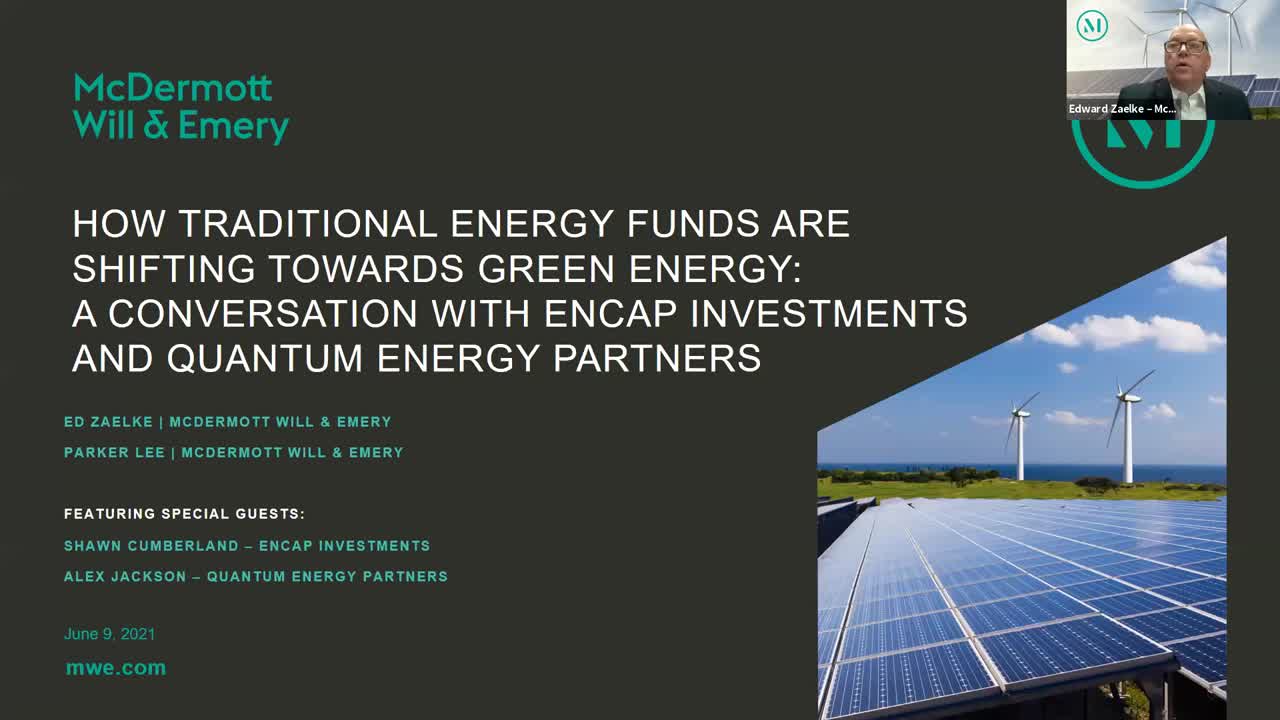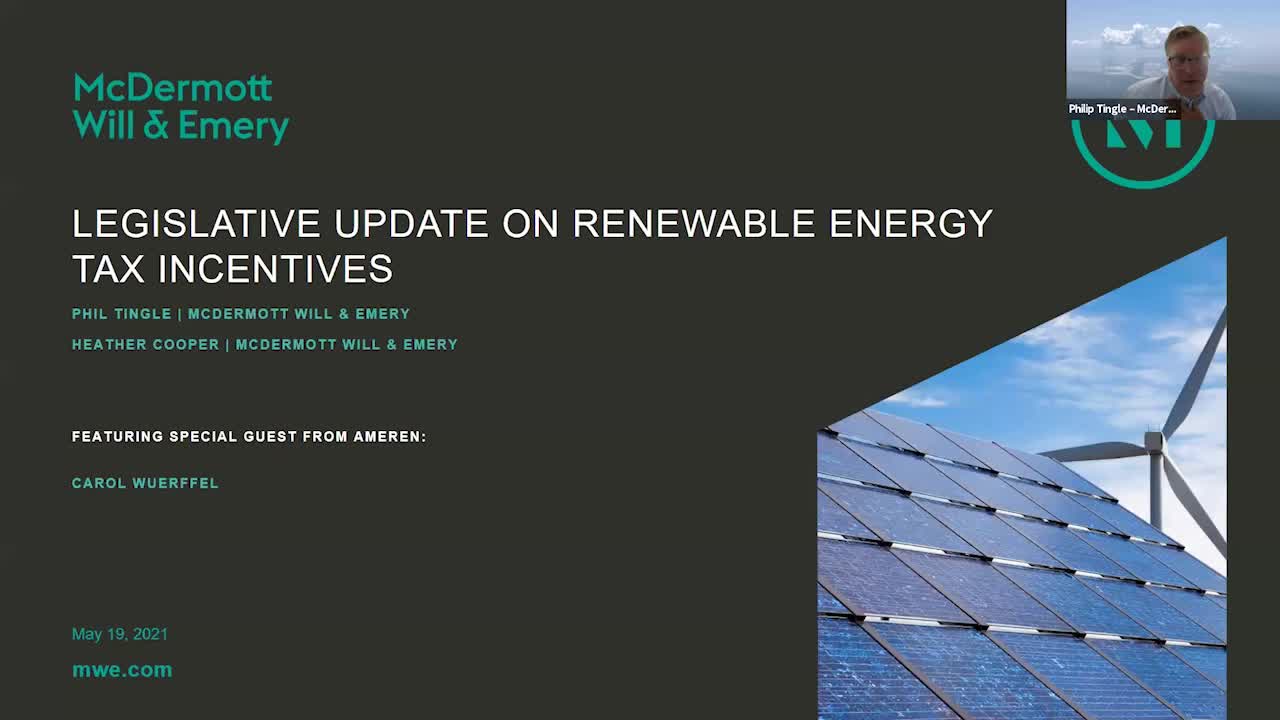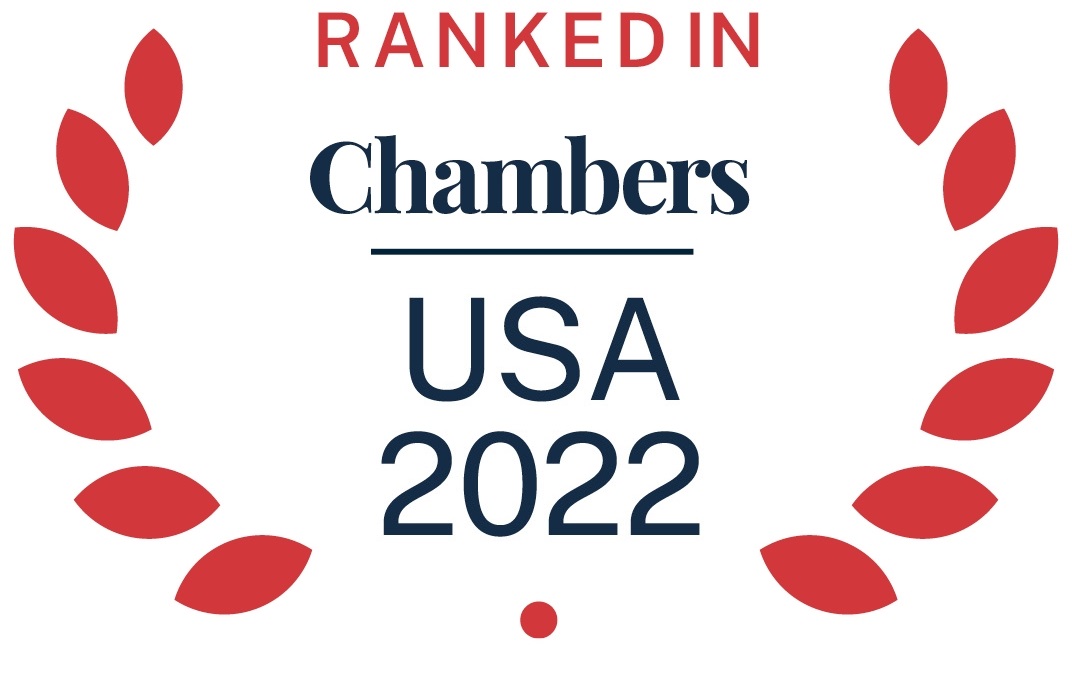Last week, North Carolina Governor Roy Cooper issued Executive Order No. 218 titled, “Advancing North Carolina’s Economic and Clean Energy Future with Offshore Wind,” announcing a goal of developing 2.8 gigawatts of offshore wind energy resources by 2030 and eight gigawatts by 2040. This executive order comes after the North Carolina Department of Commerce issued a report in March that found offshore wind energy development along the Atlantic is a more than $100 billion market opportunity through 2035.
Within the order, Cooper recognizes the favorable economic impact offshore wind development will create for North Carolina, including an estimated 85,000 new jobs and $140 billion in capital expenditure along the Atlantic Coast by 2035. “This coordinated approach to developing our offshore wind supply chain will bring new jobs to North Carolina for generations to come,” North Carolina Secretary of Commerce Machelle Baker Sanders said. “From building out the supply chain, to installing equipment, to operating the wind facilities, North Carolina’s manufacturers and workforce are well positioned to play an integral role in the entire East Coast market, not just for projects directly off the state’s coast.”
In addition to the economic benefits the offshore wind development will bring to North Carolina, this executive order will further assist the state in achieving the North Carolina Clean Energy Plan’s goal of a 70% reduction in power sector greenhouse gas emissions by 2030 and carbon neutrality by 2050. “The coordinated effort of state and federal partners on this issue is an important step forward in our transition to a clean energy economy in North Carolina and key to meeting the goals of the state’s Clean Energy Plan,” North Carolina Clean Energy Director Dionne Delli-Gatti said.
North Carolina’s commitment to create 2.8 gigawatts of offshore wind capacity by 2030 and eight gigawatts by 2040 is one of the largest targets to date, exceeding Virginia’s goal of installing 5.2 gigawatts of offshore wind power by 2034 and New Jersey’s goal of 7.5 gigawatts by 2035, Michelle Allen, project manager for the North Carolina political affairs team at the Environmental Defense Fund, said. Although North Carolina’s target is one of the biggest to date, the target of 2.8 gigawatts would almost be completely fulfilled should North Carolina’s current offshore wind project, Kitty Hawk Offshore, be built to its full capacity of up to 2.5 gigawatts. If North Carolina reaches its target, the energy generated will power roughly 2.3 million homes by 2040.
As a result of the executive order, Sanders must appoint a clean energy economic development coordinator and create the North Carolina Taskforce for Offshore Wind Economic Research Strategies. The order further requires the state’s Department of Environmental Quality and Department of Military and Veterans Affairs (NCDMVA) to elect offshore wind coordinators and take steps to support offshore wind development.
read more

 Subscribe
Subscribe
 Below are key takeaways from the webinar:
Below are key takeaways from the webinar:

